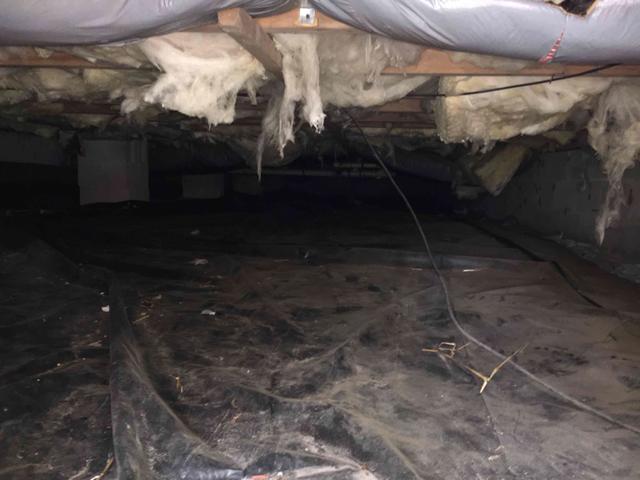
Falling Insulation in the Crawl Space
As moisture collects in the crawl space, it eventually condensates. Traditional fiberglass batts found in most crawl spaces absorb this moisture like sponges. Eventually, the water can rust through the "wires" or "rods" that hold the insulation in place and gravity takes over causing the insulation to sag and fall. The wet insulation also holds water against the floor joists creating ideal conditions for mold to grow.
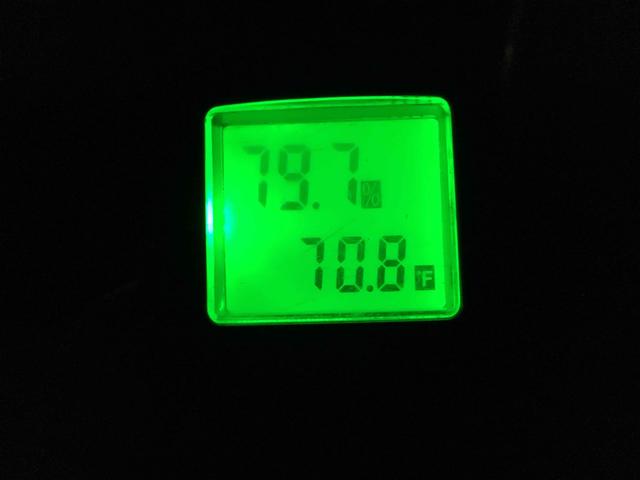
Relative Humidity & Temperature in the Crawl Space
Mold needs 3 things to grow; 1. high relative humidity (over 60%), 2. organic material (such as wood or the paper backing on traditional fiberglass insulation), and 3. warm temperatures. These reading taken in the crawl space during the initial inspection tell us that the conditions are right for mold growth to occur and evidence of this can be seen on the floor joists.
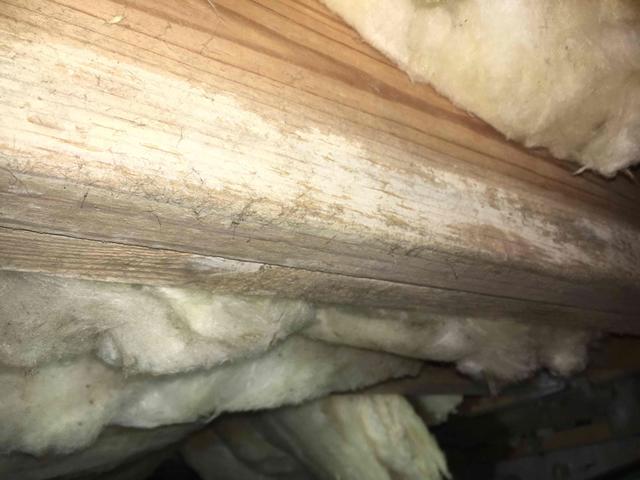
Mold growing on joists
Mold growing on wood joists can contribute to wood rot. It also has a significant impact on indoor air quality. Approximately 50% of the air you breathe in your home comes from your crawl space. With mold/mildew in the crawl space, this means pollutants are getting into the air you breathe inside your home. You may also notice symptoms such as mildew or musty odors in your home, or high humidity in the home.

Wood Moisture Reading
During their inspection, our Home Performance Advisors take a moisture reading from the joists in the crawl space. At 19%, wood rot begins. This crawl space has a wood moisture reading of 17.7% which suggests that it is very close to wood rot occurring, and controlling the moisture and relative humidity of the crawl space will help protect the wood and the home.
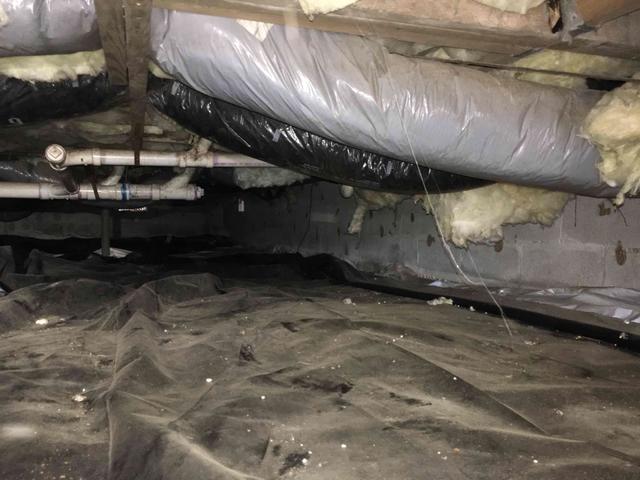
Before Clean Space Encapsulation System
The 6 mil vapor barrier in the crawl space often shifts and tears when service people work in the crawl space. It is not sealing the crawl space from the earth and preventing moisture from entering the space through the ground.

After CleanSpace Encapsulation System
The CleanSpace Encapsulation System utilizes the 20 mil CleanSpace vapor barrier which is 7 layers thick and poly-string reinforced. It also has a built-in Anti-Microbial called UltraFresh to keep mold from growing on the liner. The CleanSpace is fastened to the crawl space walls approximately 6-8 inches above outside grade, and wrapped around the piers. This directs any moisture traveling through the block underneath the liner and into the ground.
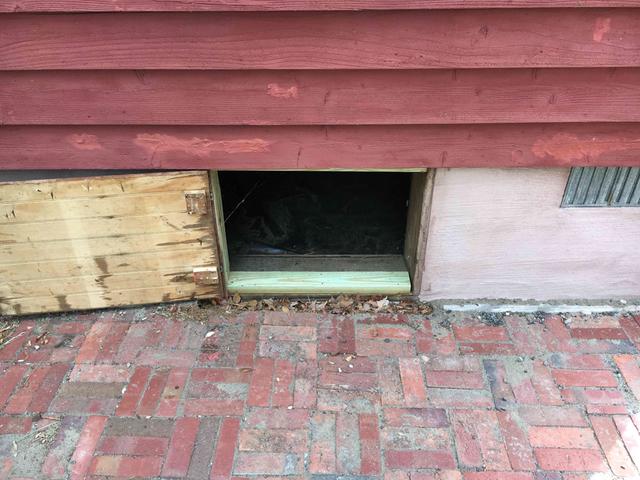
Before Crawl Space Door
Unsealed crawl space doors play a significant role in letting air and moisture into the crawl space.
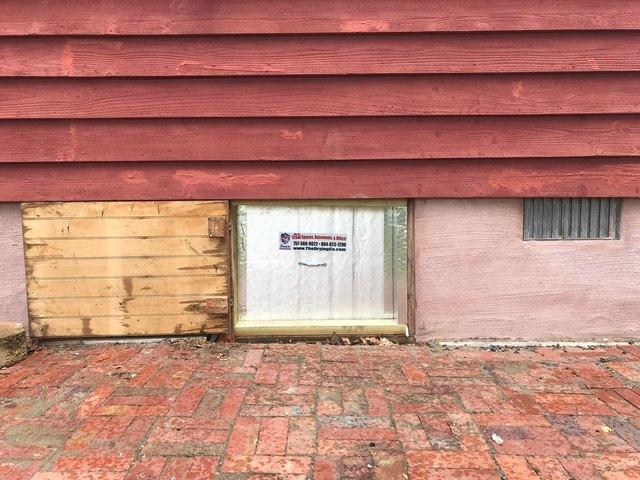
After Crawl Space Door
The Friction Fit Interior Crawl Space Door is part of a continuous layer of insulation on the foundation walls and creates an airtight seal behind the exterior door, preventing air carrying moisture from entering the space.

